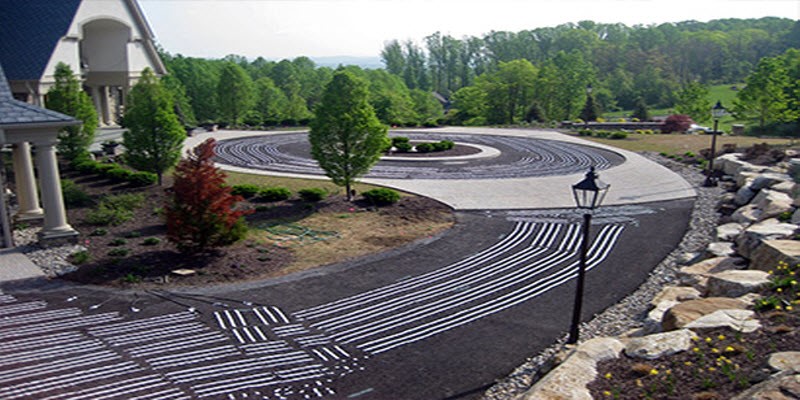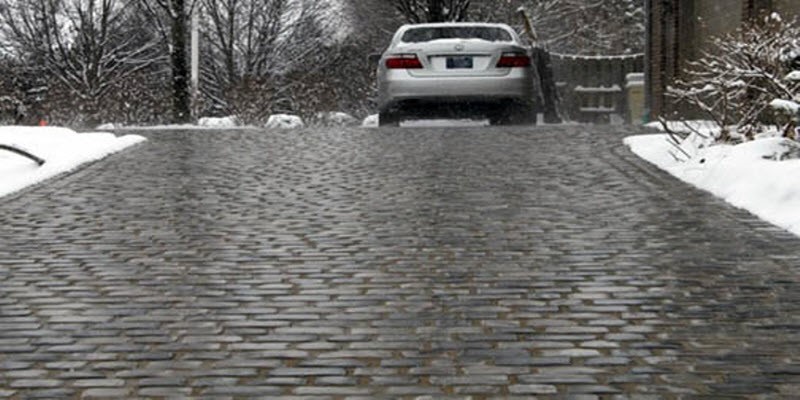Inground Heating Solutions: How Do Heated Driveways Work?
Heated driveways can save you from shovelling your driveway during the worst of the winter months. But how do heated driveways work? Are they worth the investment?
Inground heating technology has advanced greatly over the years so that it’s now worth it for many families to add it to their driveway, not only for their convenience but also their safety.
Here’s what you need to know about this amazing outdoor living feature.
How Heated Driveways Work
Driveway snow melting systems are based on radiant floor heating technology. Traditionally heated driveways have used a system that involved a series of tubes running underneath the driveway. These tubes circulate hot water to release heat and melt the snow above the surface of your driveway.
Technology has advanced, though, and now homeowners can choose between this traditional tube technology or the benefit of a new system that uses an electric system of mats and cables. The cable is pre-spaced within the mats to ensure optimum performance as well as quick and easy installation, which means that this new technology is simpler and faster to install and therefore has lower installation costs. It’s also extremely durable and the cable can be installed in concrete, mortar beds, pavers and asphalt amongst other materials.
Once installed, an activation device (a pavement or aerial mounted snow sensor) will sense moisture and cold temperatures, automatically triggering a controller which activates the snow melting system. In this way you can rest assured that you’re only using the system when you need it.
Benefits of Heated Driveways
Heated driveways offer a variety of benefits to homeowners, including:
• Saving time on shovelling and salting
• Reducing your physical strain and chances of injury
• Increasing safety on your driveway
• Benefitting from long-term savings by not paying for snow removal services
• Designed to extend the life of your driveway by caring for it without the corrosion caused by salt and chemicals or the damage often caused by large trucks and snow plows
In addition, electric snow melting systems are:
• High performance systems that effectively and rapidly melt ice and snow
• Energy efficient
• Affordable to operate
• Easy to install
• Fully automated
• Small – you don’t need to dedicate floor space in your home or garage for equipment, these systems are monitored and controlled by a small, wall-mounted control unit
Costs Associated with Heated Driveways
Heated driveways are, of course, more expensive than a typically driveway. However, it’s an investment in your time and reduced maintenance costs for your home. If you want to estimate your increased utility costs, it will help you to know that the system produces 35-50 watts per square foot.
Things to Consider Before Installing a Heated Driveway
Before you invest in a heated driveway, make sure you know what you’re getting yourself into. Although it may be the best way to melt snow on a driveway, there can be complications. Here are some tips to keep in mind:
• Get an estimate from a reputable company. Ask for a referral from a family member or friend.
• If you’re already planning on replacing your driveway, think about adding a heating system at the same time, to save money and time.
• Consider where you would you park your cars while it is under construction.
Do you have more questions about how heated driveways work? Contact the experts at Grand River Natural Stone to find out if a heated driveway system is right for you.

